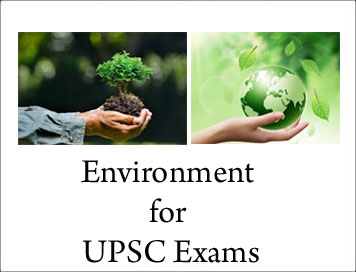(HOT) UPSC Current Affairs 2025 PDF
NEW! The Gist (OCT-2025) | E-BOOKS
Emissions from ships can reduce monsoon activity : Environment for UPSC Exams
Emissions from ships can reduce monsoon activity : Environment for UPSC Exams
-
Using surface and satellite data, a team led by scientist M.V. Ramana of the Hyderabad-based National Remote Sensing Centre has found that aerosol plumes from ships produced severe pollution along the international shipping route in the Bay of Bengal.
-
As per its research, emissions from ships along the corridor (5-6 degrees North latitude) has directly heated the lower troposphere by 2.5 times compared to surrounding areas and also created a temperature gradient of around 0.1K/day on either side of the shipping route.
-
As per Satellite measurements, compared with the surrounding regions, the concentration of NO 2 was 5 times higher along the shipping corridor.
-
Since NO 2 can absorb solar radiation, the increased levels of this gas along the shipping route led to more heating of the atmosphere.
-
In addition to gaseous emissions, ship exhaust also contains particulate matter such as black carbon.
-
Along the shipping route, the black carbon concentration was elevated by a factor of 4 compared to surrounding regions.
-
The emissions also led to increased concentration of cloud condensation nuclei (CCN).
-
Increased levels of CCN can “disrupt organised convection in the monsoon depressions”, which means the more the concentration of nuclei in the atmosphere the more the number of water droplets that can form. However if the water vapour content remains the same and you have more CCN then it may not help cloud formation.

